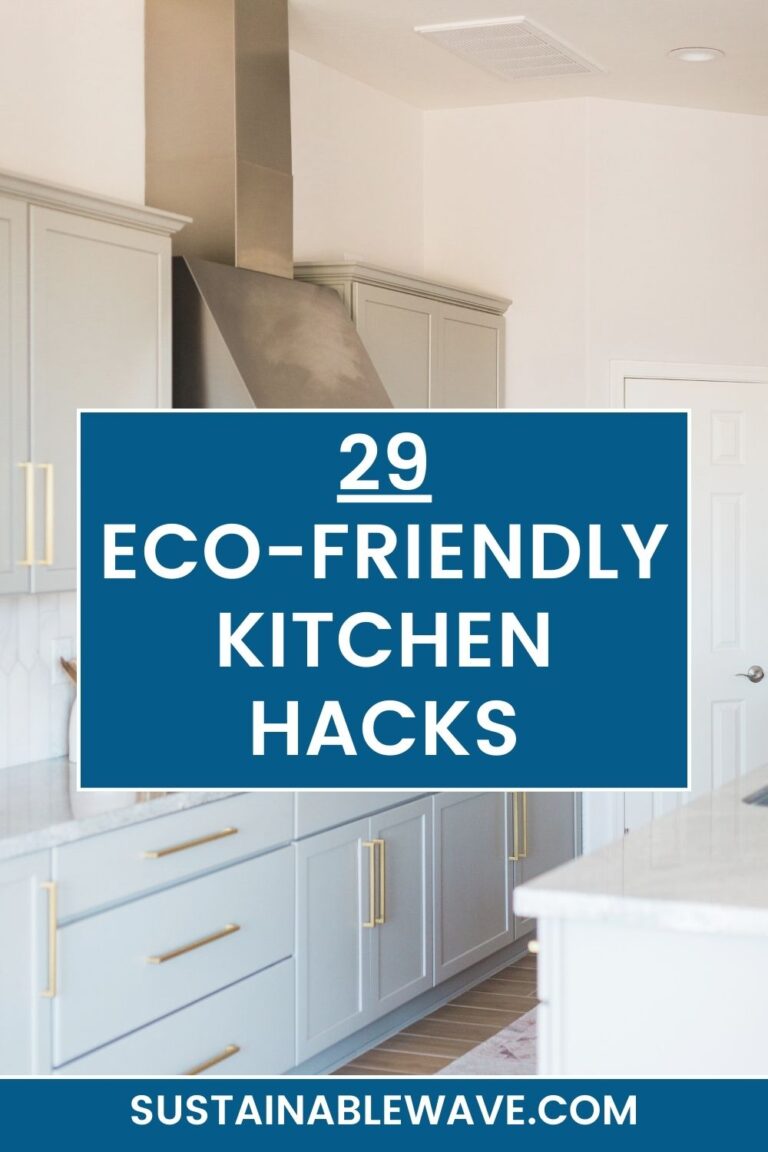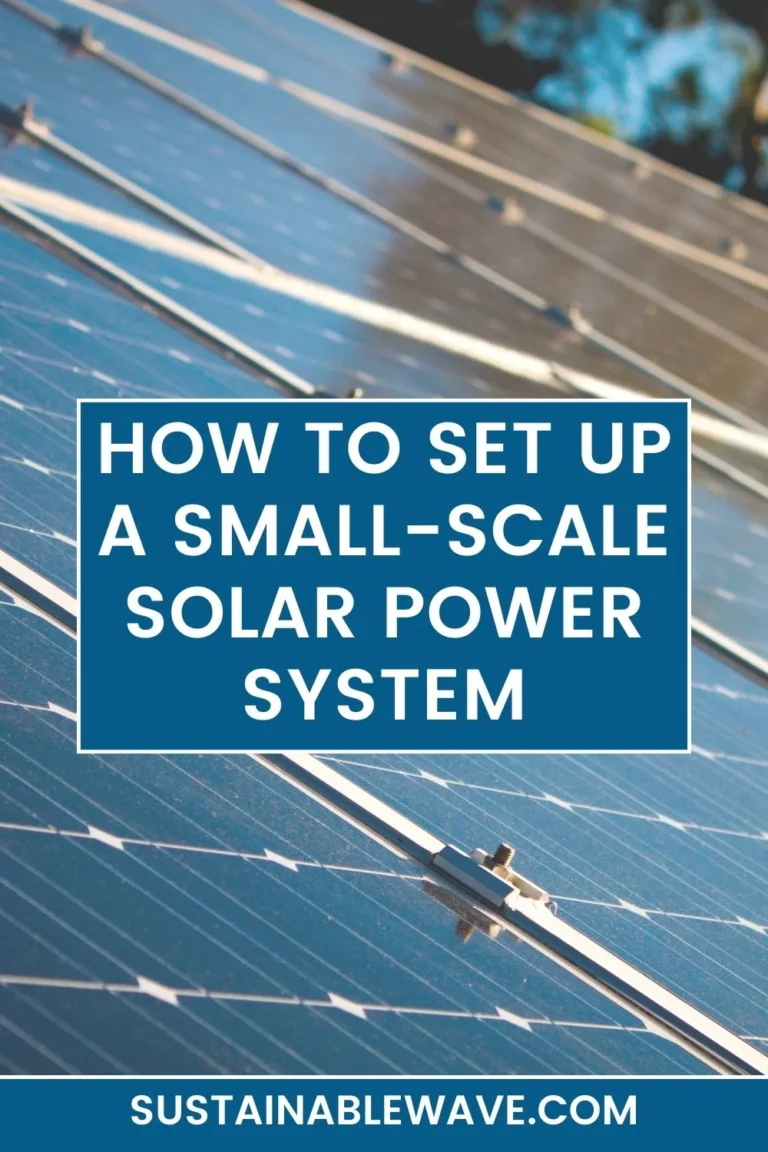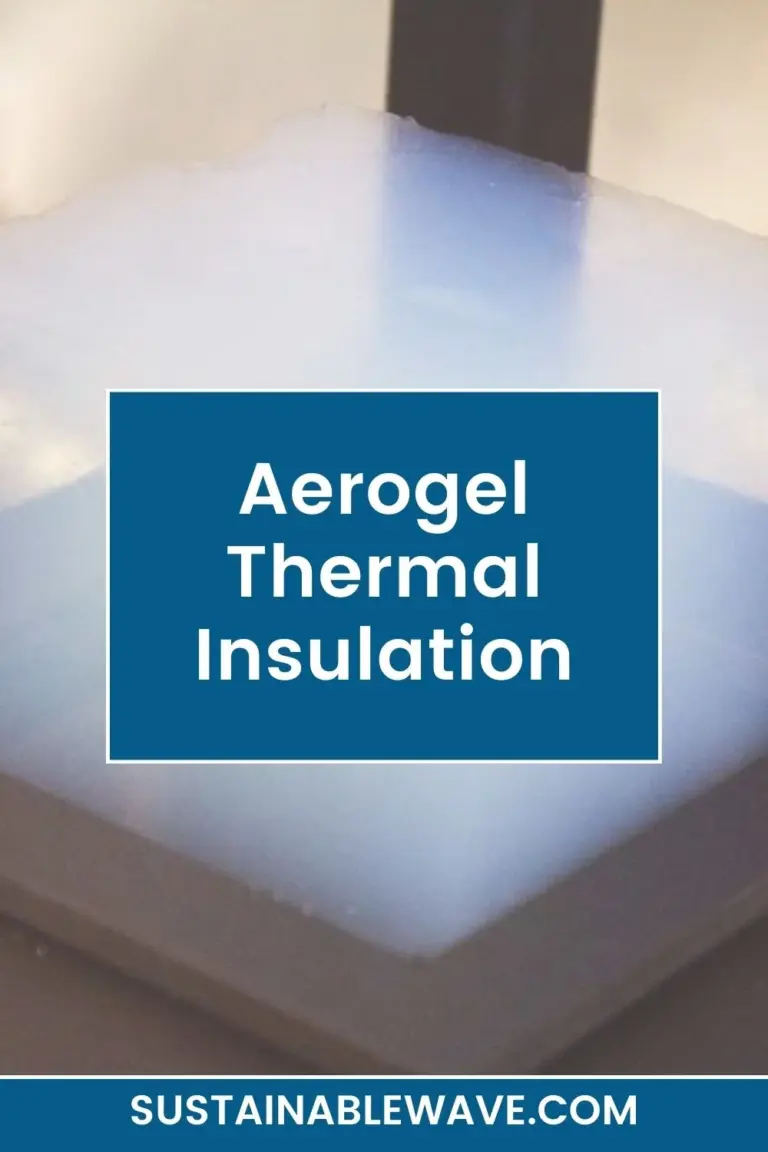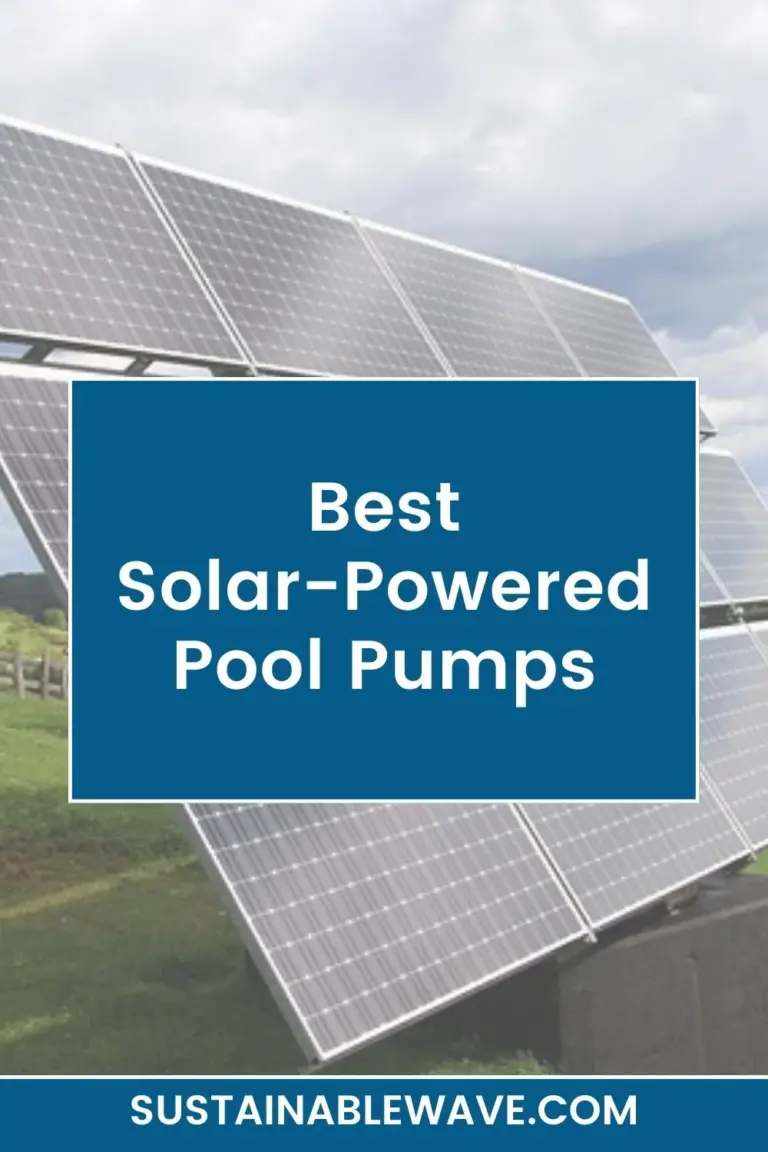When you hear the term “solar energy”, you might instinctively think of bulky solar panels on rooftops. But have you ever heard about passive solar design, a simple yet effective way to use the sun’s energy to heat and cool your home?
Passive solar design is a strategy in building design that utilizes the sun’s energy to naturally heat and cool a home, reducing reliance on artificial heating and cooling systems, and enhancing energy efficiency.
It’s time to unravel the mysteries of passive solar design and explore how it can be seamlessly incorporated into home design.
What is Passive Solar Design and How Can It Be Incorporated into Home Design?

Passive solar design is an innovative strategy that uses the sun’s energy to maintain a comfortable temperature in your home, without relying on artificial heating or cooling systems.
It’s all about strategic design and construction—think window placement, insulation, and building materials—to create a sustainable and eco-friendly living environment.
Incorporating passive solar design into a home design is like putting together a jigsaw puzzle where every piece plays an essential role. Let’s delve deeper into the essential components of passive solar design.
Understanding the Key Elements of Passive Solar Design
Solar Orientation
Solar orientation, also known as solar aspect, refers to the way a building is oriented in relation to the sun’s path.
In passive solar design, the orientation of a home can significantly influence its energy efficiency.
By aligning the home’s main axis with the east-west direction, and positioning most windows on the south-facing side (in the northern hemisphere), the house can capture maximum sunlight during the winter months, while avoiding excessive heat gain during the summer.
Solar orientation is one of the first considerations in passive solar design, making it a key aspect of a sustainable and energy-efficient home.
Thermal Mass
Thermal mass is an essential concept in passive solar design. It refers to materials within the house that can absorb, store, and gradually release heat over time.
Common thermal mass materials include concrete, brick, and stone.
During the day, these materials absorb heat from the sun, store it, and slowly release it as the temperature drops at night, helping maintain a consistent indoor temperature.
Incorporating thermal mass effectively can significantly enhance the comfort and energy efficiency of a passive solar home.
Insulation
Insulation acts as a protective shield for your house, reducing heat transfer and helping maintain a constant indoor temperature regardless of outside conditions.
It’s like a cozy blanket for your home, keeping it warm in the winter and cool in the summer.
The right insulation material and application in walls, roofs, and floors can reduce the need for mechanical heating and cooling in a home, leading to significant energy savings.
From spray foam and fiberglass to cellulose and mineral wool, choosing the right insulation is crucial for maximizing the benefits of passive solar design.
Window Design
Window design plays a central role in passive solar homes.
The size, type, and location of windows significantly impact the amount of sunlight that penetrates the home.
In the northern hemisphere, for example, windows are typically placed on the south-facing side of the house to capture maximum sunlight.
Furthermore, selecting energy-efficient windows that have a low emissivity (low-E) coating can further improve a home’s energy efficiency by minimizing heat loss in winter and heat gain in summer.
Ventilation
Ventilation is the natural or mechanical process of supplying a continuous supply of air to the interiors of a house.
In passive solar design, strategic ventilation is critical to maintain a comfortable temperature and improve air quality.
Depending on the climate, ventilation can help dissipate heat during hot summers or keep the warmth inside during cold winters.
Consideration of wind direction, window placement, and vent options can enhance the efficiency of natural ventilation, contributing to the overall energy efficiency of the house.
Benefits of Incorporating Passive Solar Design into Your Home

Energy Efficiency
Passive solar design significantly contributes to a home’s energy efficiency.
By leveraging natural elements like sunlight and wind, passive solar homes can reduce reliance on conventional heating and cooling systems.
This approach can lead to substantial energy savings.
For instance, the strategic use of windows and thermal mass can naturally heat a home during winter, while carefully planned shading and ventilation can cool it in the summer.
This way, passive solar design can minimize the use of energy-intensive HVAC systems, leading to lower energy consumption and reduced utility bills.
Environmental Impact
In an era of growing environmental awareness, the reduced carbon footprint of passive solar homes is a huge plus.
As these homes rely less on fossil fuels for heating and cooling, they inherently produce fewer greenhouse gas emissions.
Additionally, the use of eco-friendly building materials can further minimize the environmental impact.
By harnessing renewable energy from the sun and reducing reliance on non-renewable resources, passive solar design contributes significantly to sustainability efforts.
Hence, integrating passive solar design into home construction is a concrete step towards environmental stewardship and a greener future.
Comfort
Beyond energy efficiency and environmental impact, passive solar design also enhances comfort.
These homes are designed to maintain a consistent indoor temperature throughout the year, offering a comfortable living environment irrespective of the outside weather conditions.
The use of natural light not only reduces the need for artificial lighting but also contributes to improved mood and productivity.
Natural ventilation promotes better air quality by reducing indoor air pollutants.
The quietness that comes from less reliance on mechanical heating and cooling systems is another bonus.
Ultimately, passive solar design aims at harmoniously integrating comfort, energy efficiency, and sustainability.
The Challenges of Passive Solar Design
While there are many benefits, incorporating passive solar design into your home isn’t without its challenges.
Site Constraints
Site constraints can pose significant challenges in the implementation of passive solar design.
For instance, the orientation of a home can heavily influence its ability to harness the sun’s energy.
A home with a south-facing orientation can maximize sunlight capture, but not all properties have this advantage.
Additionally, local geography, including nearby structures or natural features, can obstruct sunlight.
Existing buildings may also pose restrictions in redesigning for passive solar energy.
Understanding these constraints is crucial in planning a successful passive solar design.
Cost Implications
Implementing passive solar design may have higher upfront costs than conventional home design.
These costs can include hiring specialized professionals, sourcing suitable materials, and potentially more complex construction techniques.
However, these initial investments should be viewed against the backdrop of substantial long-term savings.
Energy costs make up a significant portion of a home’s expenses, and the reduction in energy consumption from a passive solar design can offset the initial costs over time, leading to considerable savings in the long run.
Architectural Limitations
Architectural limitations can also be a challenge in implementing passive solar design.
Balancing aesthetics with functionality often requires skillful design and planning.
Traditional architectural styles might not always align with the principles of passive solar design, requiring creative solutions.
For example, large windows for solar gain may not fit with certain design aesthetics or historical preservation rules might limit changes to existing structures.
Overcoming these limitations often requires a flexible and innovative approach to design, demonstrating that environmental sustainability, energy efficiency, and beautiful design can go hand-in-hand.
Practical Tips for Incorporating Passive Solar Design into Your Home
Seek Professional Help
Incorporating passive solar design into your home can be a complex task.
Professionals with experience in this field can provide invaluable advice, helping you navigate challenges and optimize your design.
They can also help you understand local building codes and site-specific considerations to ensure a successful project.
Start with Small Changes
If a complete home makeover feels overwhelming, starting with small changes can be an effective approach.
Small steps like adding shading devices, improving insulation, or adjusting window coverings can make a noticeable difference in your home’s energy efficiency and pave the way for more substantial changes.
Consider the Climate
Your local climate should significantly influence your passive solar design. Different strategies are suitable for different climates.
For instance, homes in colder climates can benefit from maximizing solar gain, while homes in warmer climates should focus more on natural ventilation and shading.
Passive Solar Design: A Bright Future for Home Design
Passive solar design represents a significant leap forward in sustainable home design.
With more people becoming conscious of their environmental footprint, it’s no wonder this design strategy is gaining traction.
FAQ’s
1. What is passive solar design? Passive solar design is a home design strategy that uses the sun’s energy to maintain a comfortable temperature inside the house without relying on artificial heating or cooling systems.
2. How can passive solar design be incorporated into home design? Passive solar design can be incorporated into home design through strategic placement of windows, careful selection of insulation and building materials, and considering the home’s orientation to the sun.
3. Does passive solar design mean no need for heating or cooling systems? While passive solar design can significantly reduce the need for traditional heating and cooling systems, it doesn’t eliminate the need entirely. It’s always good to have a backup for extreme weather conditions.
4. Can any home be adapted for passive solar design? While most homes can benefit from elements of passive solar design, some site-specific factors can limit its effectiveness, such as the property’s orientation or local climate.
5. Are homes with passive solar design more expensive? While the initial costs can be higher, the long-term energy savings often offset the initial investment, making it a cost-effective choice in the long run.
6. Is passive solar design the same as having solar panels? No, while both utilize solar energy, solar panels convert sunlight into electricity, whereas passive solar design uses the sun’s heat to warm the home.
Conclusion on What is Passive Solar Design
Passive solar design is an effective and sustainable home design strategy that uses the sun’s energy to heat and cool homes.
By incorporating passive solar design into your home, you not only make a contribution to preserving the environment but also create a comfortable and energy-efficient living space for yourself and your family.
The future of home design is looking brighter with passive solar design leading the way.
Sources
- Passive Solar Home Design” by the U.S. Department of Energy provides a comprehensive overview of the principles and strategies involved in passive solar design. You can check it out here.
- “The Passive Solar Energy Book” by Edward Mazria is an exhaustive guide to understanding and applying passive solar design principles. Find it here.
- “Passive Solar Design” by the National Renewable Energy Laboratory is an in-depth exploration of how passive solar design can be utilized for energy efficiency. Check it out here.
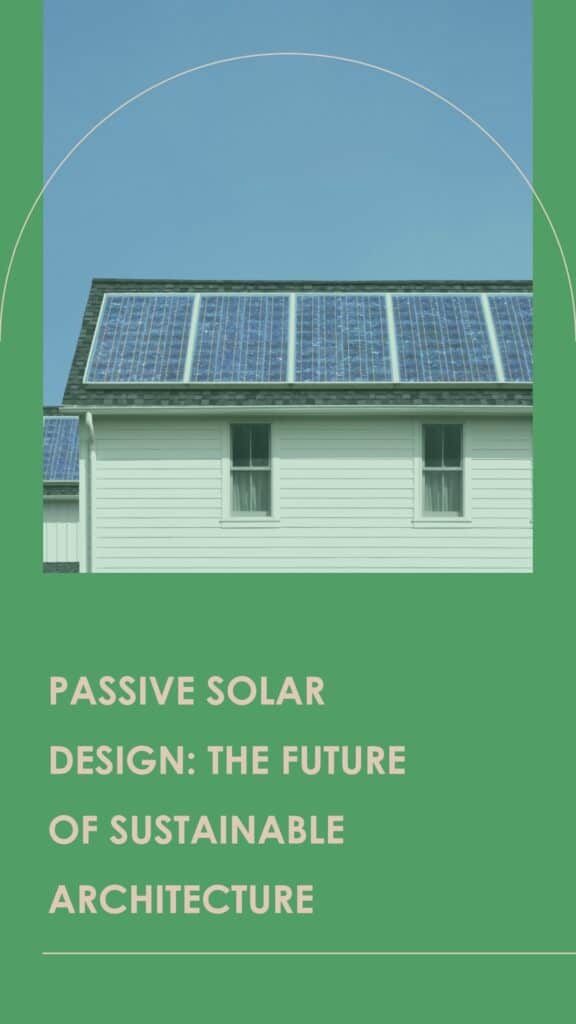
I’m Thomas, the owner of SustainableWave. Passionately promoting a sustainable planet. With experience in various eco-roles, I’ll share green tips, sustainability hacks, and personal eco-journeys on my blog.

